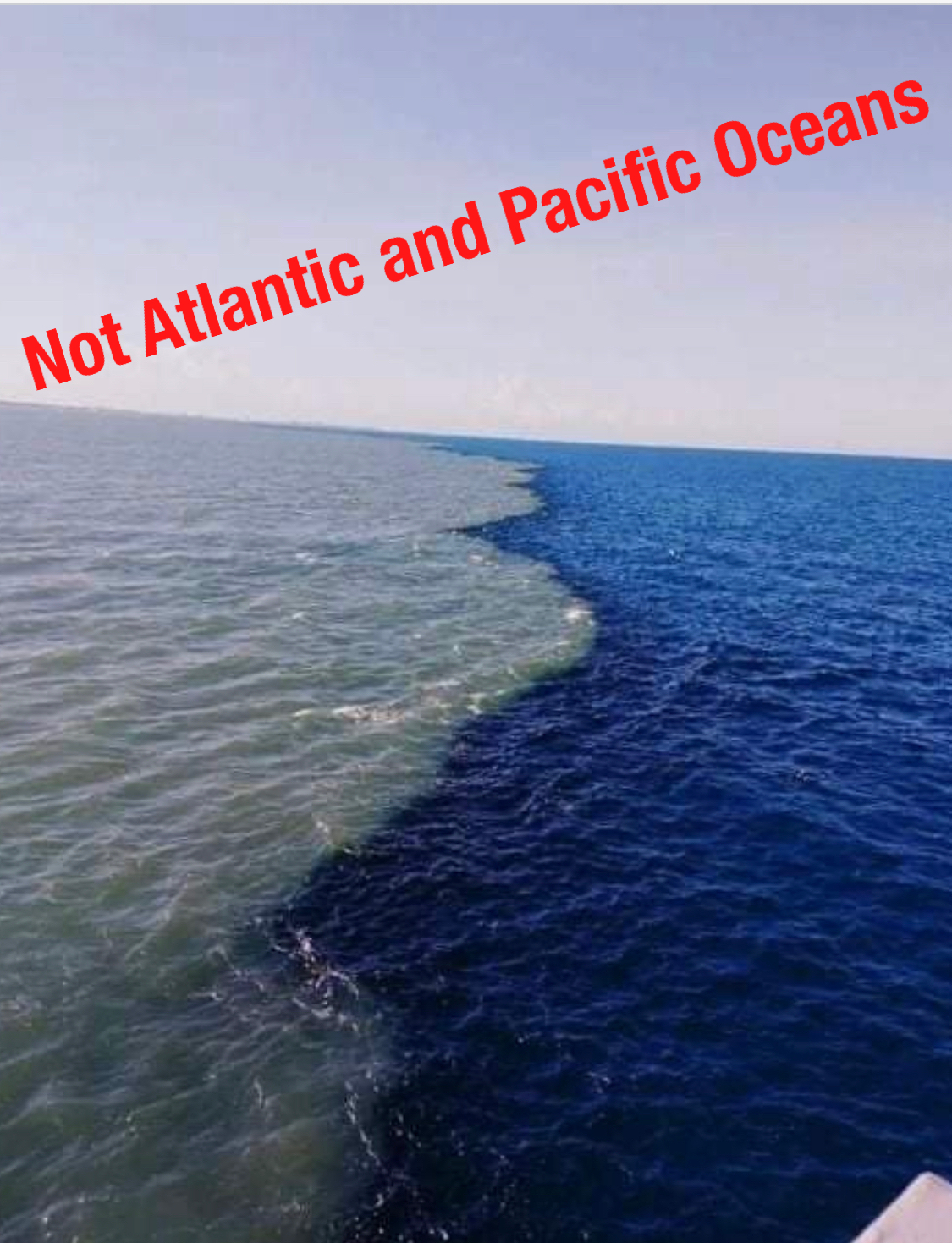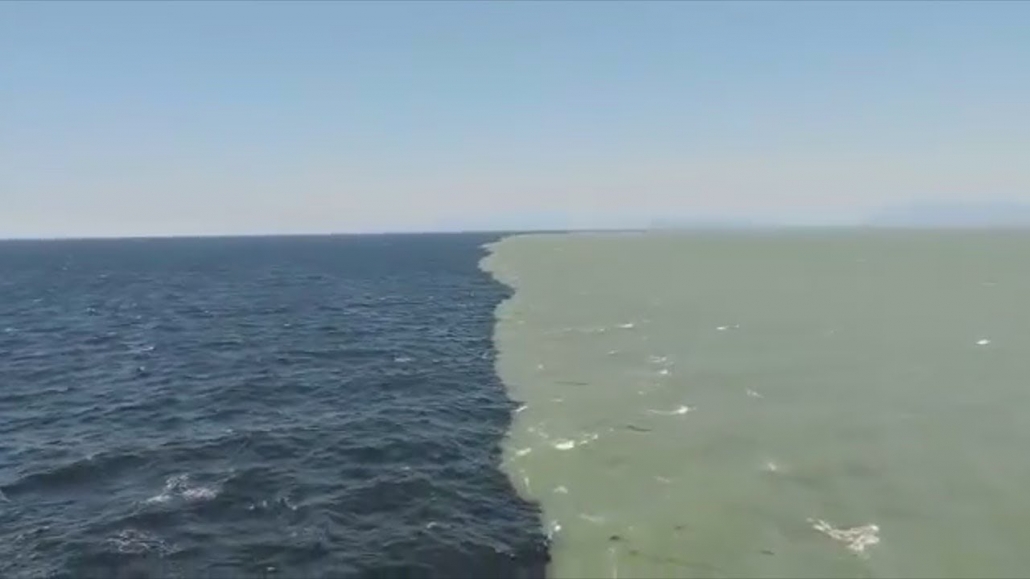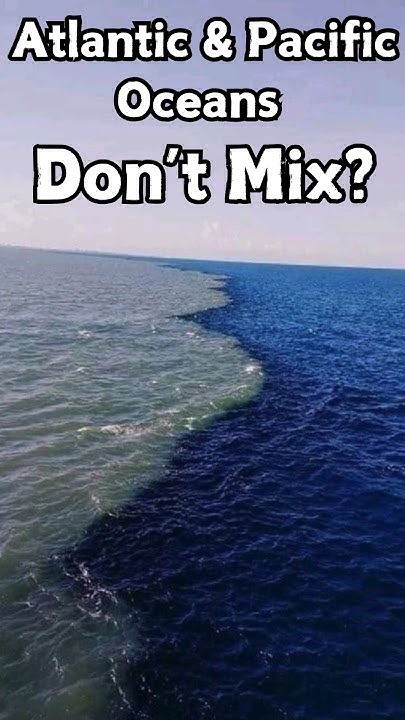The Two Oceans That Don T Mix

Ever heard of oceans that refuse to blend? Sounds like a wacky sitcom premise, right? Well, it's totally real! Get ready to have your mind mildly blown by the amazing phenomenon of the two oceans that don't mix.
A Seafaring Spectacle
Imagine standing at a place where the deep blue collides with... well, another shade of deep blue. Instead of swirling together in a harmonious aquatic dance, they stay stubbornly separate. It's like a watery version of a really awkward party.
You might be thinking, "No way! Oceans are huge! They mix all the time!" And you'd be mostly right. But in certain spots around the globe, the meeting of two oceans creates something truly special, and somewhat baffling.
Where's the Ocean Party Foul?
One of the most famous spots where you can witness this natural wonder is near Cape Point, South Africa. Here, the Atlantic Ocean and the Indian Ocean meet. They put on a watery display of not quite mixing that has captivated travelers and scientists alike.
Another well known meeting point is at Skagen in Denmark, where the Baltic Sea and the North Sea meet. Both locations are very popular tourist attractions.
So, what's the secret? Why don't they just play nice and become one big, happy ocean family? Several factors are at play.
The Science Behind the Separation
Okay, let's ditch the party analogy for a sec and get a tiny bit science-y. Don't worry, it won't hurt (much!).
The primary reasons these oceans resist mixing boil down to differences in density, salinity (how salty the water is), and temperature. It's like trying to mix oil and water - they just don't get along, for scientific reasons!
Think of it like this: colder, saltier water is denser and heavier. Warmer, less salty water is lighter. When they meet, the denser water tends to sink, while the lighter water stays on top. This creates a distinct visual barrier.
The different currents also play a big role. The forces between the currents are so huge that it prevent water from mixing.
More Than Just a Pretty Face
This "unmixing" phenomenon isn't just a cool visual trick. It has some serious consequences for marine life and the surrounding environment.
The distinct boundaries can create different ecosystems on either side. Different fish, plants, and other creatures thrive in the unique conditions of each ocean.
It also affects weather patterns and ocean currents, which in turn impacts global climate. Crazy, right?
Go See It for Yourself!
If you're looking for a truly unique travel experience, consider visiting one of these spots where the oceans clash (gently, of course). Seeing it with your own eyes is way more impressive than any picture or video.
Imagine standing on the shore, feeling the energy of these two massive bodies of water refusing to mingle. It's a reminder of the power and complexity of our planet.
So, pack your bags, grab your camera, and prepare to witness the amazing spectacle of the two oceans that don't mix! It's an adventure you won't soon forget!
If you can’t make the trip, search the web. There are videos and images that will let you experience it virtually. And who knows, maybe that virtual experience will turn into a real one day.


















